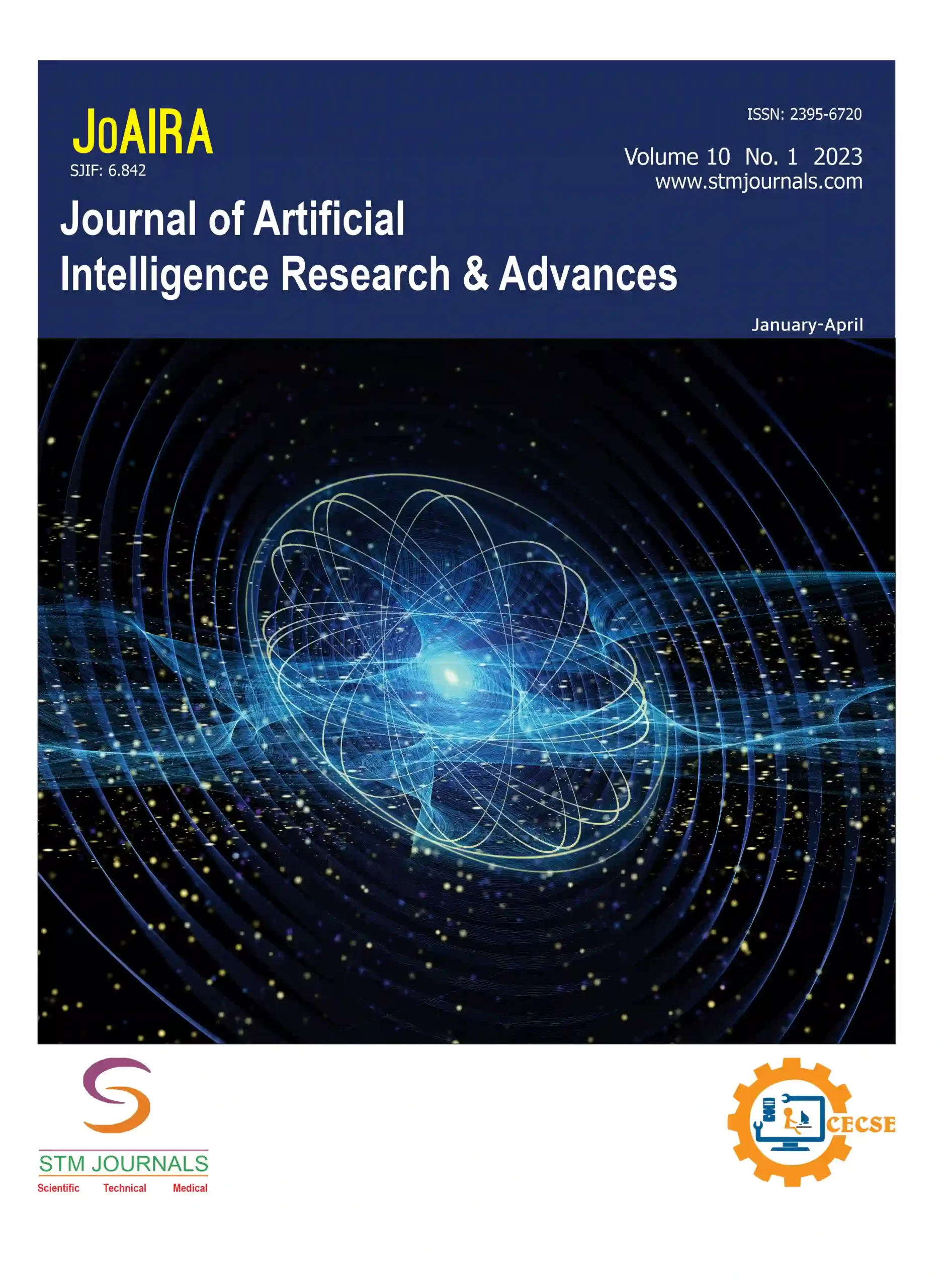
Vardhineedi Likhitha,

Vuriti Venkata Raviraju,
- Student Department of Computer Science and Engineering (Artificial Intelligence and Machine Learning), Gayatri Vidya Parishad College of Engineering, Visakhapatnam Andhra Pradesh India
- Student Department of Computer Science and Engineering (Artificial Intelligence and Machine Learning), Gayatri Vidya Parishad College of Engineering, Visakhapatnam Andhra Pradesh India
Abstract
The integration of technology and medicine in the healthcare domain has led to the emergence of inventive strategies to improve patient care and diagnostics. One such groundbreaking methodology is the utilization of Convolutional Neural Networks (CNNs) within the domain of deep learning, particularly for image recognition and processing tasks. In this paper, we propose a novel approach to image recognition that employs state-of-the-art deep learning algorithms to create a user-friendly interface for predicting oral health issues. Our primary objective is to design a model that not only excels in performance but also empowers users to proactively identify and address potential problems related to their oral health. A CNN is a sophisticated artificial neural network recognized for its outstanding capabilities in image analysis. Featuring multiple layers, including convolutional layers, pooling layers, and fully connected layers, CNNs have revolutionized image recognition by effectively mimicking the visual processing mechanisms observed in the human brain. This paper harnesses the power of CNNs to recognize images associated with oral health conditions, facilitating early detection and intervention. Our approach focuses on achieving high levels of training and testing accuracy across multiple epochs. By training our model on a diverse dataset of oral health images, we aim to develop a robust and accurate system capable of identifying a wide range of dental and oral conditions. Through an intuitive user interface, individuals can simply upload an image of their oral health and receive real-time feedback on potential issues, thereby promoting proactive oral care and timely consultations with healthcare professionals. This research goes beyond image recognition, highlighting the capacity of deep learning to narrow the divide between technology and healthcare. By offering an accessible and user-friendly platform for oral health assessment, we hope to contribute to the early diagnosis and prevention of oral health problems, ultimately improving the overall well-being of individuals. This paper serves as a stepping stone towards a future where technology seamlessly integrates with healthcare to provide personalized and convenient solutions for users in their pursuit of optimal oral health.
Keywords: Machine learning, deep learning, artificial intelligence, image recognition, oral diseases, Python
[This article belongs to Journal of Artificial Intelligence Research & Advances(joaira)]
Browse Figures
References
- Yamashita R, Nishio M, Do RKG, Togashi K. Convolutional neural networks: An overview and application in radiology. Insights Imaging. 2018;9:611–629. DOI: 10.1007/s13244-018-0639-9.
- Anil S, Sudeep K, Saratchandran S, Sweety V. Revolutionizing Dental Caries Diagnosis through Artificial Intelligence. In: Chibinski AC, editor. Dental Caries – Diagnostic and Treatment Options [Working Title]. United Kingdom: IntechOpen; 2023. DOI: 10.5772/intechopen.112979.
- Baiju RM, Peter EL, Varghese NO, Sivaram R. Oral Health and quality of life: Current concepts. J Clin Diagn Res. 2017;11:ZE21–ZE26. DOI: 10.7860/JCDR/2017/25866.10110.
- Hirtz C, Mannaa AM, Moulis E, et al. Deciphering black extrinsic tooth stain composition in children using metaproteomics. ACS O 2022;7:8258–8267. DOI: 10.1021/acsomega.1c
04770. - Zhang X, Xv C, Shen M, He X, Du W. Survey of convolutional neural network. In: Proceedings of the 2018 International Conference on Network, Communication, Computer Engineering (NCCE 2018). Adv Intell Syst Res. The Netherlands: Atlantis Press; 2018 May. 93-97. DOI: 10.2991/ncce-18.2018.16.
- Véstias MP. Convolutional neural network. In: Encyclopedia of Information Science and Technology, 5th ed. IGI Global; 2021. 12–26. DOI: 10.4018/978-1-7998-3479-3.ch002.
- Singh RD, Mittal A, Bhatia RK. 3D convolutional neural network for object recognition: a review. Multimed Tools 2019;78:15951–15995. DOI: 10.1007/s11042-018-6912-6.
- Jansson PA. Neural networks: An overview. Anal Chem. 1991;63:357A– DOI: 10.1021/ac00006a739.
- Karim MR, Sewak M, Pujari P. Practical Convolutional Neural Networks: Implement Advanced Deep Learning Models Using Birmingham: Packt Publishing; 2018.
- Fujieda S, Takayama K, Hachisuka T. Wavelet Convolutional Neural Networks. 2018 May 20. arXiv Preprint ArXiv:1805.08620.

Journal of Artificial Intelligence Research & Advances
| Volume | 11 |
| Issue | 01 |
| Received | September 12, 2023 |
| Accepted | December 22, 2023 |
| Published | January 17, 2024 |

